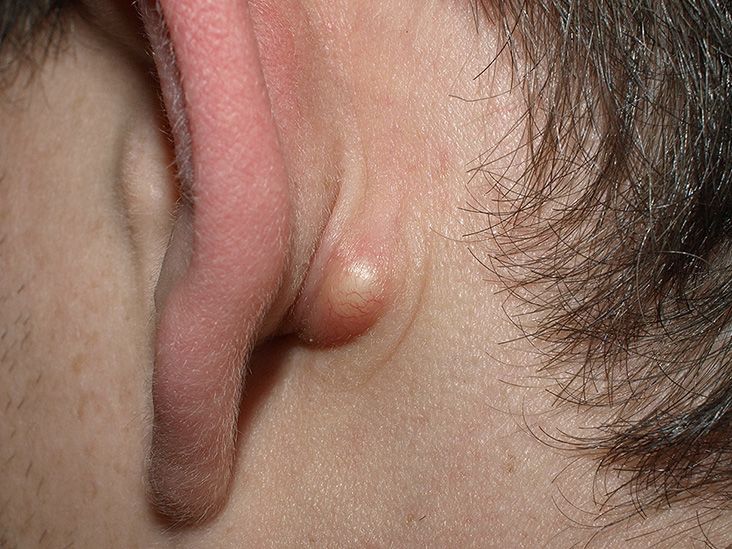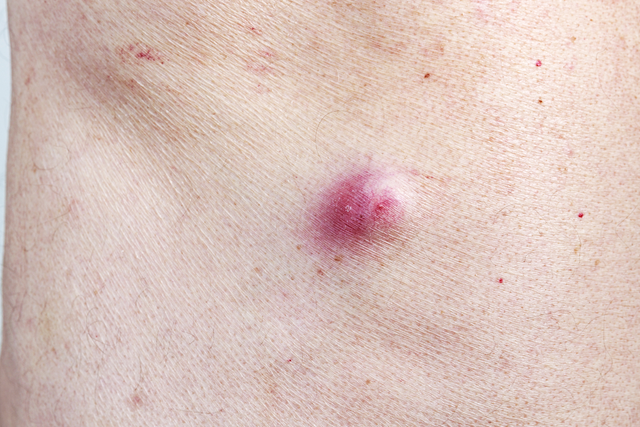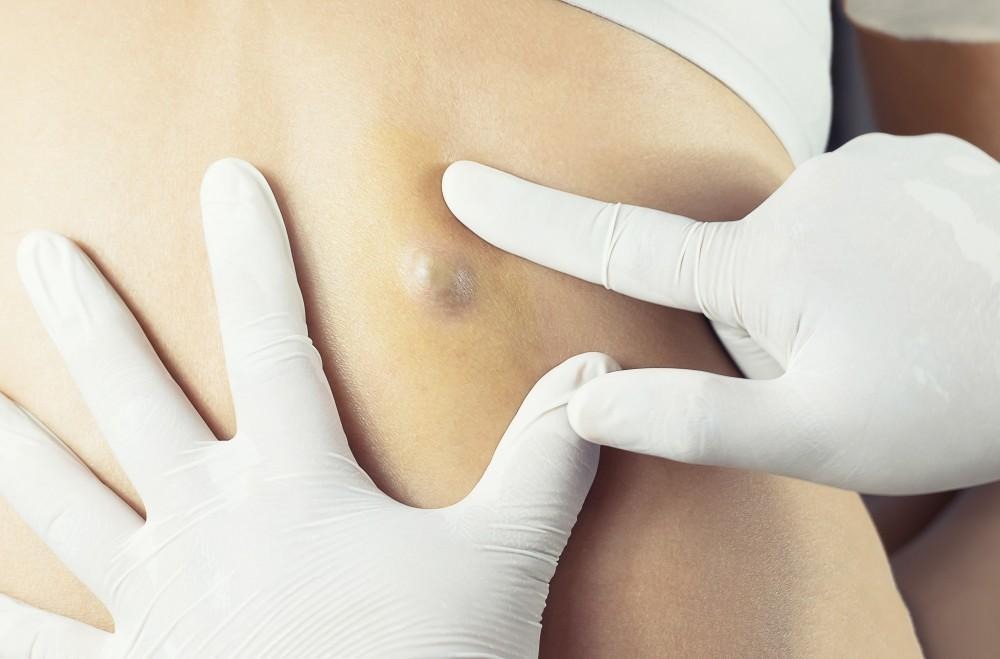Skin cysts are a common condition affecting millions of people worldwide. While generally harmless, these fluid-filled sacs can cause discomfort, inflammation, and cosmetic concerns. Public awareness about skin cysts has grown significantly in recent years, largely due to the work of licensed dermatologists like Dr. Sandra Lee, also known as Dr. Pimple Popper, who educates audiences on proper dermatological care.
In this article, we explore what skin cysts are, how they are diagnosed, and what treatments are recommended by dermatology professionals. All medical information is based on authoritative sources including the American Academy of Dermatology (AAD) and National Institutes of Health (NIH).
What Are Skin Cysts?
A skin cyst is a sac-like pocket of tissue that can form anywhere on the body. It usually contains fluid, pus, or other material. According to the AAD, the most common types of skin cysts include:
- Epidermoid cysts: Typically found on the face, neck, or trunk, and filled with keratin.
- Pilar cysts: Often found on the scalp and associated with hair follicles.
- Sebaceous cysts: Arise from sebaceous glands and are less common.
Most cysts are benign (non-cancerous), slow-growing, and painless. However, they can become infected, inflamed, or ruptured, requiring medical attention.

Causes of Skin Cysts
Cysts can form due to several reasons, including:
- Blocked pores or glands
- Injuries or trauma to the skin
- Genetic conditions
- Infections
- Chronic inflammatory skin disorders
In the case of epidermoid cysts, for example, they often form when skin cells multiply in the wrong place, creating a sac that gradually fills with a thick, cheese-like substance called keratin.
When to See a Dermatologist
According to Mayo Clinic and Cleveland Clinic, individuals should consult a licensed dermatologist if:
- A cyst becomes red, swollen, or painful
- It grows rapidly or changes in appearance
- There is discharge or a foul smell
- The cyst returns after previous removal
- It interferes with daily activities
Only a licensed medical professional can make a proper diagnosis and determine whether removal or treatment is necessary.

Treatment Options for Skin Cysts
Most cysts do not require treatment unless they cause discomfort, cosmetic concerns, or become infected. Dermatologists may recommend:
1. Observation
If the cyst is small and not bothersome, doctors may suggest monitoring it over time.
2. Drainage
Performed in a medical setting, this procedure involves creating a small incision and draining the contents. While effective in the short term, cysts often recur if the sac is not removed.
3. Surgical Removal
This is considered the most definitive treatment. Under local anesthesia, the entire cyst wall and contents are removed to minimize recurrence. Surgical techniques vary depending on the cyst’s size and location.
4. Injections
For inflamed cysts, corticosteroid injections can help reduce swelling and discomfort without surgical intervention.
5. Antibiotics
If there’s an infection, doctors may prescribe oral or topical antibiotics to treat the area.
Important: Attempting to pop or drain a cyst at home can lead to infection, scarring, or complications. Always consult a board-certified dermatologist for proper care.

The Role of Dermatologists Like Dr. Sandra Lee
Dr. Sandra Lee, MD—also known as Dr. Pimple Popper—has helped increase awareness around dermatological care through her educational content and television appearances. As a board-certified dermatologist and member of the American Academy of Dermatology, Dr. Lee emphasizes that procedures should only be performed in sterile, clinical environments by trained professionals.
Her platform showcases real cases with patient consent, providing viewers with accurate expectations about cyst removal, lipomas, blackhead extraction, and more. The goal is not entertainment but education, reducing stigma and encouraging people to seek appropriate medical help.
Is Cyst Removal Safe?
When performed by licensed dermatologists, cyst removal is considered safe and effective. Side effects are typically minimal but can include:
- Minor scarring
- Temporary redness or bruising
- Infection (rare with proper care)
- Recurrence (especially if the cyst capsule isn’t completely removed)
Post-procedure care instructions usually include keeping the area clean, avoiding sun exposure, and using prescribed ointments if necessary.

Preventing Skin Cysts
While not all cysts can be prevented, you can lower your risk by:
- Keeping skin clean and exfoliated to prevent blocked pores
- Avoiding trauma or squeezing of skin bumps
- Managing underlying skin conditions like acne or folliculitis
- Seeing a dermatologist for persistent or recurring lumps

Public Awareness Through Online Education
Digital platforms like YouTube, Instagram, and TikTok have become spaces where professionals like Dr. Lee share medical cases—highlighting not only procedures but the human stories behind them. These videos are effective in educating the public about:
- The importance of professional diagnosis
- Normalizing skin conditions
- Promoting early detection and treatment
Content that features exaggerated or misleading representations of medical conditions should be avoided. Audiences are encouraged to rely on certified professionals and evidence-based guidance for their health-related decisions.

Conclusion
Skin cysts are a common, often benign condition that can be managed effectively with medical guidance. From diagnosis to treatment and prevention, dermatologists play a vital role in ensuring safe and informed care. Through responsible education and media, individuals like Dr. Sandra Lee have helped remove the stigma around skin conditions and encouraged millions to prioritize their dermatological health.
If you notice a persistent lump, cyst, or skin irregularity, consult a board-certified dermatologist rather than attempting any self-removal methods. With the right treatment, you can manage your skin health confidently and safely.
